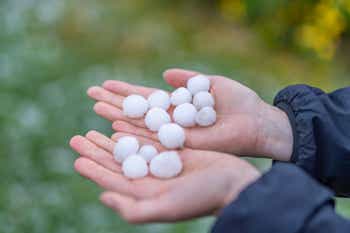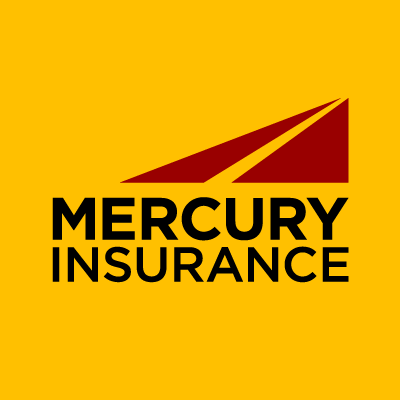When an unexpected storm crops up, hail and high winds can cause unexpected and costly damage to your vehicle. Fortunately, there are steps you can take to safeguard your car from shattered windshields, dented hoods, and scratches caused by debris. Here are some ways to help minimize vehicle damage caused by extreme weather.
Steps to Take to Protect Your Car
Looking for strategies on how to protect your car from hail? Or maybe you’re surrounded by trees and want to keep your car out of harm’s way during a storm with straight-line winds. Here are some tips that may come in handy:
Park in a Covered Area
Probably the most effective method of protecting your vehicle is to park it out of the weather. Garages, carports, and public parking structures provide secure environments when the weather gets bad. Parking your car under a roof ensures that even severe weather won’t cause significant damage to the exterior or windows. If you happen to be out and about during a severe storm, find the nearest covered place to wait it out, as long as it’s safe to do so.
But let’s be honest: Not everyone has access to a covered area. Maybe you live in a rural location with wide, flat land around you. In those cases, look for a hail-resistant car cover. These are designed to withstand the impacts of hail, and they offer protection against dents and scratches.
Take Temporary Measures During a Storm
If you don’t have access to any covered location or a hail-resistant cover, there are certain things you can do to reduce damage to your car. First, move your vehicle away from utility poles, trees, or any other items that could potentially collapse in high windows. If you’re caught outdoors in a hailstorm, you’ll have to get creative. Thick blankets, comforters, or floor mats draped atop your car can help absorb the impact of hailstones. Thicker rugs and floor mats will work when you’re trying to protect windows from hail.
Why You Should Consider Comprehensive Car Insurance
Even with the best storm prep, there’s still no way to completely eliminate the risks of hail or wind damage. If, for instance, you park under a carport and a tree falls on that roof, it could still affect your vehicle. That’s why auto insurance is so important. Unlike liability or collision coverage, comprehensive insurance covers damage caused by natural disasters, including hailstorms, wind, and flooding.
Is Wind and Hail Damage Covered by Insurance?
Not sure if wind damage is covered under your current policy? If you have a comprehensive policy, you’re likely covered. However, if you’re unsure whether your current policy includes coverage for weather-related incidents, check with your insurance agent. Make sure hail damage insurance and wind insurance are included, and consider talking to your insurance agent about increasing your coverage if needed. A little extra investment now can save you from expensive repair bills in the future.
How to Handle Wind and Hail Insurance Claims
Once the threat of a storm passes, you’ll need to assess the damage and follow these steps to get the wind and hail insurance claims process started:
Document the Damage
Take clear photos and videos from multiple angles, making sure you show any scratches, dents, or broken glass. If you had items in the car that were ruined, be sure to create an inventory of items. The more thorough your documentation, the stronger your case will be when dealing with your car insurance company.
Contact Your Insurance Provider
Most insurance companies have a specific process for handling weather-related claims, and it’s important to report the damage in a timely manner. Your agent can walk you through all the steps you need to take and give you instructions on how to submit your information.
Work with an Adjuster
Your insurance company may send an adjuster to assess the damage to your vehicle. They will inspect your car and determine the extent of the damage and the potential payout for repairs. Don’t hesitate to ask the adjuster about the timeline for processing your claim or any concerns you may have regarding the inspection or repairs.
Keep Receipts and Records
While waiting for your claim to be processed, you may need to make temporary repairs or rent a vehicle. Be sure to save receipts for any expenses related to these actions, as your insurance provider may reimburse you. It’s also important to keep a record of all communications with your insurance company, including emails, phone calls, and notes from conversations with the adjuster. This will help you stay organized and ensure you have a clear timeline of the claims process.
Protecting your car from hail and wind damage requires both preparation and a solid insurance plan. Whether you’re parking in a covered area, taking temporary measures, or navigating the claims process after a storm, each step is important in keeping your vehicle safe and affording you peace of mind.
Looking for wind damage insurance or want to ensure you have hail auto insurance for your vehicles? Contact us today for a fast, free quote, and learn more about our auto insurance discounts.


